The sun’s rays are known for their benefits, specifically Vitamin D. It promotes calcium for bone growth, can be great for regulating the immune system and even helps improve the quality of sleep. What’s this got to do with flat roof windows? In this buyer’s guide, you’ll discover what they are and much more.
Table of contents:
- What is a roof light and how do they help a property?
- Types of flat roof lighting
- How to choose flat roof lights
- Maintaining flat roof lights
- Do I need planning permissions?
What is a roof light and how do they help a property?
A rooflight is a window or opening in the roof of a room and can also be referred to as a skylight. It allows natural light to enter a room that might have been previously unlit via wall-based windows. However, they don’t just free up the space to allow the room to have more usability. They are also very useful for those who want natural light to continue to enter a roof after an extension. Meaning no existing rooms lose light previously entering it.
Types of flat roof lighting
There are a wide variety of flat roofing windows to choose from. Here you can discover what the different types are, exploring examples from major manufacturers like Velux, Mardome and other well-known brands.
Fixed roof lights
Many opt for the fixed roof light solution. Especially around such areas as stairwells or other places where there is little need for ventilation. Fixed roof lights are also greatly beneficial for those seeking extra secure solutions for their property. As they are not openable and therefore provide much-needed security, while also having a minimal frame to give the illusion of no window at all. 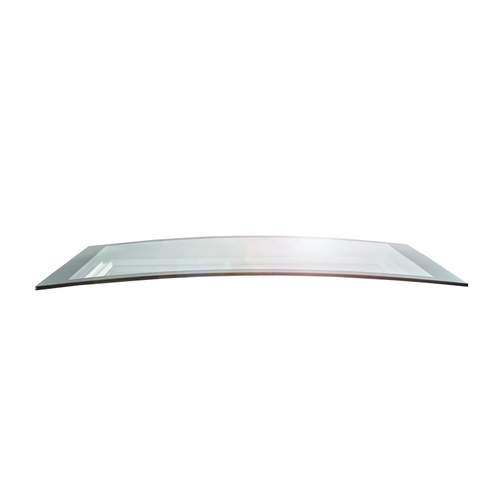
Opening roof lights
These rooflights are just as the name suggests. Unlike fixed they can, that’s right, be opened up! This means ventilation can be added as a bonus alongside the daylight coming into the room. You can choose to have them with locking capabilities to ensure security is maintained. Opening rooflights can be fantastic for those with walk-on roof terraces. They can also be a key form of emergency escape.
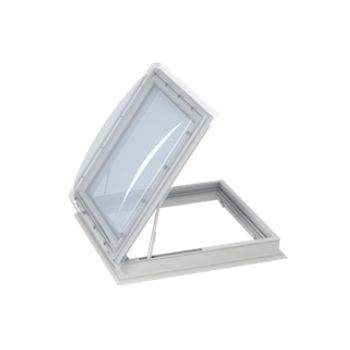
Pyramid skylights (aka roof lanterns)
The pyramid skylight or roof lantern is a pointed, pyramid-shaped flat roof light. Commonly used to let light flood in and can be available in traditional or contemporary designs. You can choose to have minimal glazing bars to offer that maximum pane space potential. It can also be great for those seeking amazing views and levels of light in the long term.
As they come in many sizes, they can have many glazing types which are perfect for property owners who want to reduce the number of UV rays entering through the window.
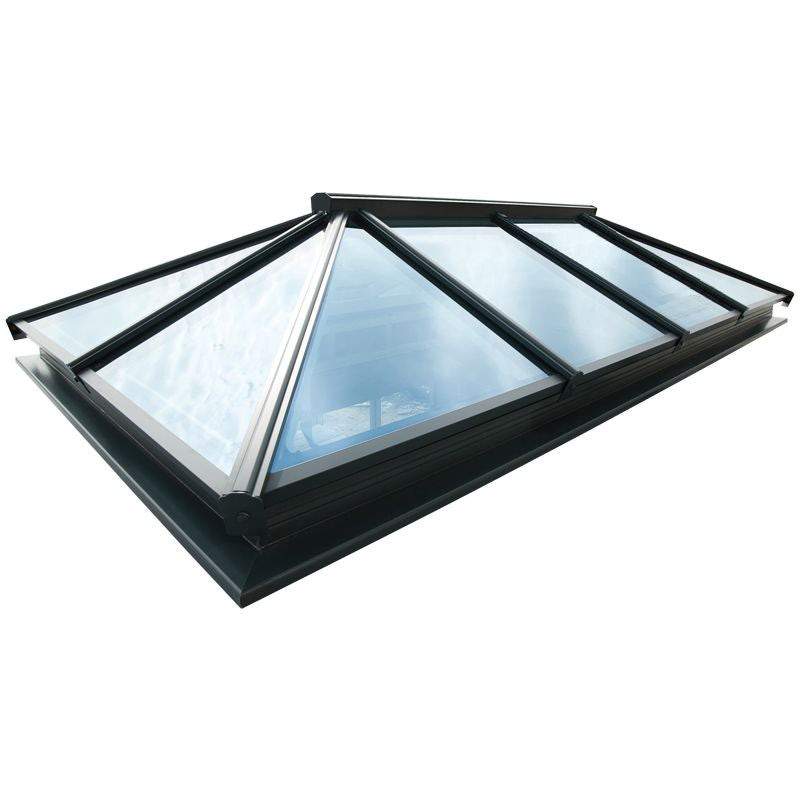
Roof domes
A roof dome is similar to opening flat roof lights. However, the difference is that their glazing is made from polycarbonate instead of glass. The glazing is also, as the name suggests, dome-shaped rather than having a standard flat shape. You might be familiar with these as many are used most commonly around such areas as offices, schools, hospitals and other buildings in the commercial sector. They can be low-cost, so ideal for those seeking affordable solutions. They can also be installed fixed or with the ability to open.
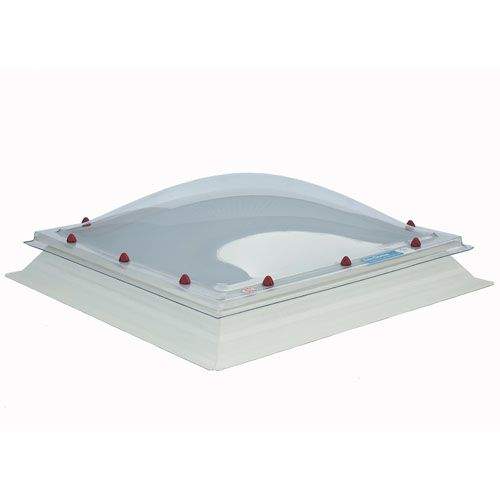
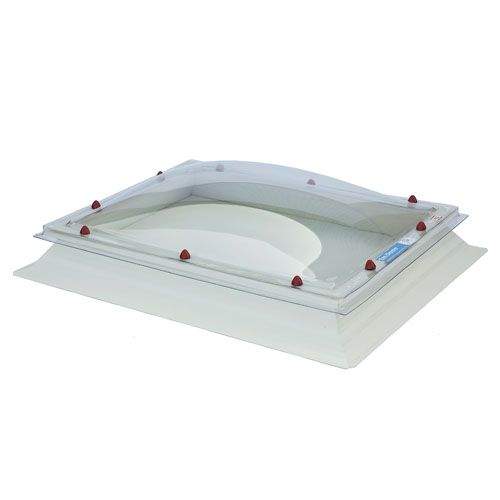
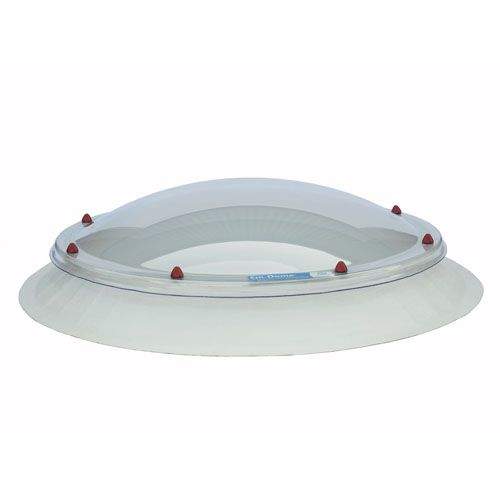
Sun tunnels (aka sun tubes)
A sun tunnel has many names; sunpipes, sun tubes and light tunnels. They can be smaller, more cost-effective solutions for those areas in your property where flat roof lighting is not possible. Instead, you can have these placed in utility roofs and stairwells, for example. How it works is the sun tube can carry the daylight from the exterior window, reflecting the daylight from that window into your property.
How to choose flat roof lights
Installing flat roof lights will depend on many factors. Here are some of the things you will need to consider when choosing to buy flat roof lights.
Location
Where do you want a roof light installed? Well, they can be installed almost anywhere. In fact, there are only two limitations when it comes to flat roof windows. That is you must have enough flat roof space for the window to be placed in, as well as that your roof must be between 0° and 15° (degrees).
Type and purpose
As mentioned previously, some types of roof windows cannot be installed in certain areas due to their function as well as their location to being installed. However, to determine what type of roof light you want, consider what you want as a result of installing the roof light. Do you want more security as part of the excess lighting? How many do you need? Are you wanting a lot or a little more light coming into the property? There are many different types that can suit a variety of purposes. Therefore, it’s important to understand the reason you want to install roof lights before making a final decision.
Cost
The cost is a factor that will of course be considered during your shopping experience. At Roofing Superstore, we supply many different options to ensure you have the right one for your budget.
Maintaining flat roof lights
Roof lights are exempt from maintenance. To keep them in good condition you will need to ensure they are checked on regularly and maintained with care. Here are some of the things you can do to ensure they have a long lifespan.
Cleaning
As with any type of window, you’ll need to keep an eye on the appearance. It is recommended that you inspect the windows every six months to deal with grime and dirt build-up that might appear. Be careful, as this could be anything from bird deposits to pollution, rainwater and other grim filth. So to clean such dirt away, the majority of manufacturers suggest cleaning with soapy water or glass cleaning products on a regular basis. Don’t lean on the glass and ensure you use a ladder safely to avoid accidents occurring.
Repairs
Leaks aren’t uncommon when it comes to flat roof windows. They’re usually a result of damaged windowsills or poor installation. That’s why you’ll need to consider calling a professional as soon as possible to assess, repair and/or replace the window. If this is done soon enough, it can ensure the long life of the window for your property.
Do I need planning permissions?
Planning permission isn’t usually required. However, should your changes exceed the highest part of the roof and not remain within 150mm of the existing roof plane, you will need to discuss this with the installer. Even if you’re unsure, you can obtain a ‘permitted development’ confirmation. A letter from your local council proving whether your project falls in or outside of the permitted guidelines. This won’t be needed to start the work, but it can give you peace of mind in the long term.
If you would like more information or advice regarding flat roof windows, you can give us a call using the number provided or use the live chat available.













